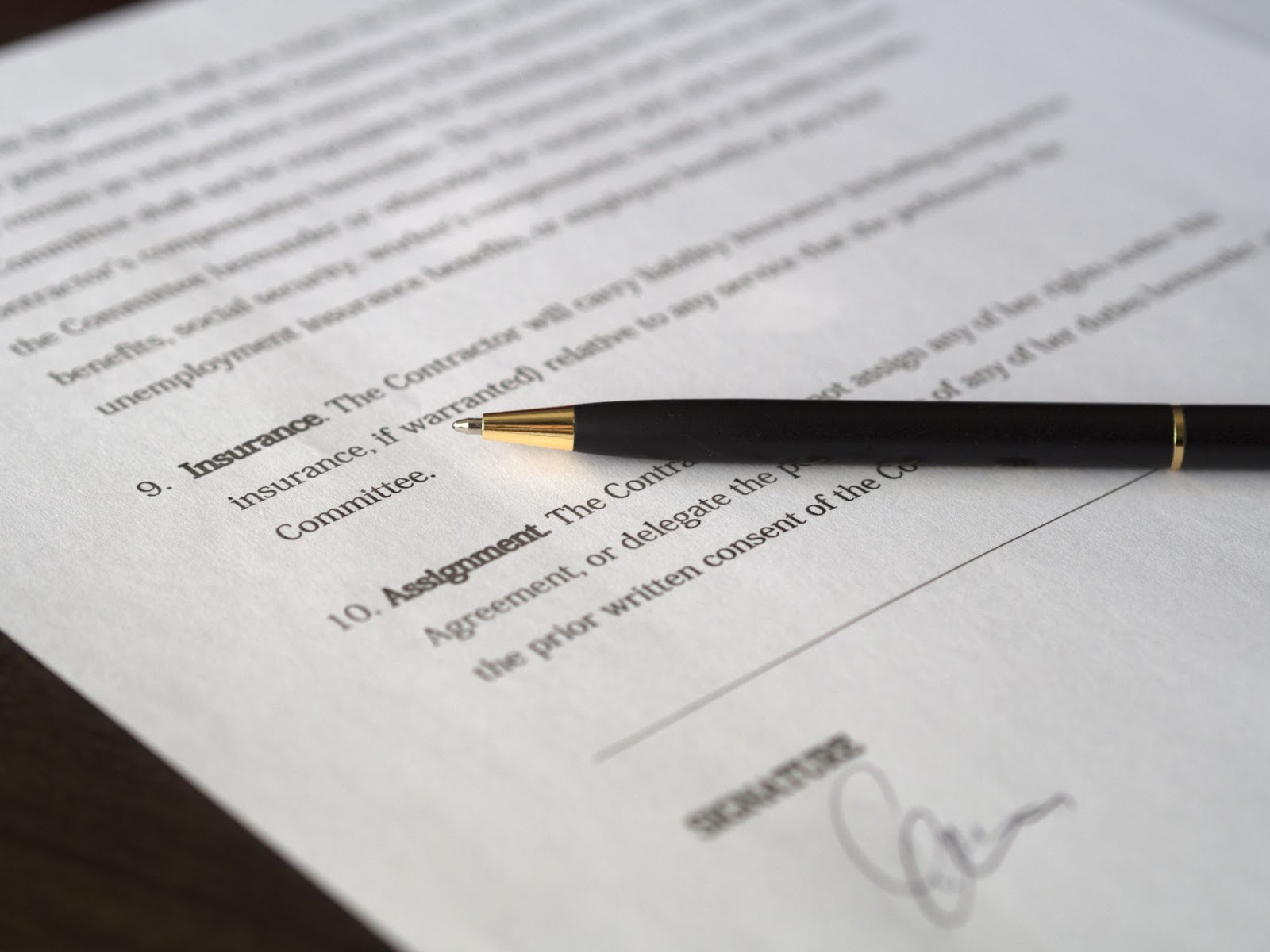Do you want to improve your financial situation? A rate-and-term refinance can help anybody who wants to lock in monthly savings or pay off their mortgage faster.
With a lower interest rate or a different loan schedule, you can pay off debts faster, or make monthly payments more manageable?
Understanding rate-and-term refinance mechanisms is pretty simple at its most fundamental level. This article will show you in how to take advantage of rate fluctuations while also assisting you in making sensible mortgage payments in the future.
The Basics of rate-and-term Refinance
In understanding what a rate-and-term refinance entails, it is necessary to know what it is. rate-and-term Refinance involves replacing your current mortgage with a new one with different terms. The phrase “rate-and-term” comes from the fact that you will obtain a new interest rate-and-term length via this replacement.
Let’s say you paid $400,000 for a property three years ago with a 20% down payment and a 4% interest rate. The initial loan’s monthly principal and interest payment would be $1,526.
The monthly payment will be reduced to $1,349 if you refinance into a new loan with a 3% interest rate. You’ll save $177 each month and $36,598 during the life of the loan.
You acquire a new loan after refinancing, use it to pay off the remaining balance on your previous mortgage, and then start making payments on the new loan.

Your monthly payment amount will fluctuate because of the following reasons:
- You are paying a different amount toward interest each month.
- Refinancing into a longer or shorter duration will affect how much you repay each month.
Reasons for Getting rate-and-term Refinance
There are many reasons why consumers continually acquire this type of financing. Most commonly, a rate-and-term refinance assists you in obtaining better financing. It will help you extend your budget further in the case of unemployment or if you want to be in a better financial position.
Assume you purchased a home years ago with a conventional loan and have made your monthly mortgage payments on time. The economy has improved in the years after you made your first purchase.
You now have a higher interest rate than new borrowers. You can potentially take advantage of these reduced rates and adjust the terms of your current mortgage with a rate-and-term refinance.
Advantages and Drawbacks of rate-and-term Refinance
Turning around your current financial affairs is a significant step that requires thorough consideration. Securing your loan by getting a rate-and-term refinance is a possible way to do this.
However, it is also fundamental to be acquainted with potential drawbacks to avoid subsequent conflicts. This list presents the two sides of acquiring a rate-and-term refinance.

Advantages of rate-and-term Refinance
Rates are low: Refinance rates are now at all-time lows, so you may get a lower rate than what you are currently paying.
Examine whether you qualify for a reduced refinancing rate to save significant assets across the course of your mortgage.
Change in loan term: A lower interest rate may mean a cheaper monthly payment. Your payments will be reduced even more if you refinance to a longer term.
A shorter loan term means less interest than with a long term loan, but your monthly payment will increase. Refinancing to a longer loan term may boost your overall interest charges while decreasing your monthly expenses.
Switching loan types: Payments may become more predictable. If your adjustable-rate mortgage’s original rate term is about to end, you may want to change to a fixed-rate loan.
Pay off your home faster: You could refinance into a new term length if you choose to. You will own your property outright sooner if you refinance into a shorter term. Remember that you’ll be paying extra each month because you are paying off your loan quickly.
Eliminate mortgage insurance: When you have at least 20% equity in your house, you can get rid of private mortgage insurance (PMI) with a traditional loan.
If the value of your property has improved, this might be an excellent option. If you have enough equity and a U.S. Department of Agriculture (USDA) or Federal Housing Administration (FHA) loan, you can refinance into a conventional loan and avoid paying mortgage insurance.
Drawbacks of rate-and-term Refinance
Eligibility: Since you will need a particular credit score, debt-to-income ratio, and amount of equity, not everyone qualifies for this form of refinancing. However, you could be eligible for a different sort of refinancing.
Closing expenses: You will have to pay closing expenses when you refinance, just like when you first took out a loan. The average refinancing closing expenses in the United States are $5,779.
Appraisal: A rate-and-term refinancing necessitates going through the appraisal process again, which takes time and money. It might work if the appraisal shows your house has increased in value.
However, if the value of your home has decreased, your refinancing application may be refused, or you may be forced to pay a higher interest rate.
Who is Eligible for a rate-and-term Refinance?
A typical rate-and-term refinance ise not available to everyone. Individual mortgage providers will need you to achieve specific minimum standards when applying for a new loan.
Here are some of the most frequent criteria you may find when you seek to refinance your mortgage rate-and-term.
Adequate Home Equity: To obtain the optimal interest rate, you must wait until you have at least 20% equity in your property. However, you may still refinance with less home equity if you want to.
Credit Score: Depending on the type of mortgage you are refinancing, you must have at least a 620 credit score minimum for attaining a typical loan.
Income to Debt (DTI) Ratio: Your DTI should ideally be as low as possible. Before filing a rate-and-term refinancing application, your debt-to-income ratio should be between 30 and 50 percent.
Closing costs: Closing expenses, or additional fees paid at the time of purchase, can make up 2–6% of the entire cost of a loan. Insurers will expect you to pay them when you refinance, but homeowners who are willing to accept a higher interest rate may be able to include them in the refinanced loan.

How to Obtain a rate-and-term Refinance
The process of acquiring a rate-and-term refinance is similar to securing a mortgage which might take several weeks. You will have to apply along with some financial data, and your lender will arrange for underwriting, an appraisal, and a closing meeting.
You should also set up a time to examine mortgage interest rates, loan conditions, and potential lenders.
Do you consider a rate-and-term refinancing a good option for you? Here’s more information about what to expect when obtaining your new loan.
Applying to refinance
As a client, you need to apply once you have studied a lender’s offer and compared loan terms and mortgage refinancing rates.
When you are applying for refinancing, the lender will ask for a few essential financial papers, including
- Two most recent pay stubs
- Two most recent bank statements
- Two most recent W-2s
Lock-In Your New Rate
After applying for a rate-and-term refinance, your lender will offer you a loan estimate. It is the approximation of fees and costs associated with your loan. Keep this document since you will need it later when you do your closing disclosure.
You can lock in your mortgage rate for up to 30 or 60 days in the future, as interest rates fluctuate every day.
Underwriting the loan
The loan underwriting process will begin when you apply, including checking your employment, income, and personal information.
It also requires the completion of background checks and verifications to guarantee that you can make loan payments.
You will be asked for more information and documents during the underwriting process, which you should submit as soon as possible.
Get An Appraisal
After that, your mortgage lender will order a home assessment to validate the value of your house and ensure that it meets their criteria. Your lender will also arrange for an appraisal to evaluate the worth of your home.
Appraisals are necessary since they ensure that your lender is not lending you more money than your home is worth. You have complete freedom to attend your appraisal.
Before the appraiser arrives, make sure your property is in the best possible shape.
Closing on the mortgage
After your lender has completed underwriting, you will be given a closing disclosure that outlines the details of your mortgage refinancing, and your lender will establish a closing date for you.
Before signing paperwork, you have one last chance to study and double-check any refinancing documentation and ask any questions you may have.
These are the documents you need to bring to this meeting:
- A photo ID,
- A copy of your closing disclosure,
- Evidence of a wire transfer or a cashier’s check to settle closing fees
What To Look Out For When Getting rate-and-term Refinancing
When you understand the basics of a rate-and-term refinance, assessing how it works, its benefits, and even the potential drawbacks of committing to this financial strategy, you become a step closer to receiving one.
Knowing its current rate and how it operates is essential if you want to acquire a rate-and-term refinance.

What you need to know
If you are interested in the mortgage rate of a rate-and-term refinance, you should know that they are usually among the lowest accessible.
They will be priced similarly to rates on a home purchase loan. Refinance rates tend to be .125% to .25% higher, everything being equal.
Regardless, you will likely only apply for a rate-and-term refinance if today’s rates were lower than what you have on your existing loan.
How to take advantage of current rates
You are probably only considering a rate-and-term refinancing if today’s rates are lower than what you have on your current loan.
Homeowners can refinance their existing loan with their current mortgage lender or shop around for better rates and loan programs with a different bank, lender, credit union, or mortgage broker.
When refinancing your mortgage, it is usually good to be on the lookout for better rates, closing costs, underwriting criteria, and loan programs that might fluctuate significantly from lender to lender.
Alternative Types of Mortgage Refinancing
You could refinance for various reasons, not the least of which is to change your interest rate or loan duration through alternative types of refinancing.
It will allow you to employ different types of refinancing to turn your home equity into financial benefits other than a rate-and-term refinance.
Streamline Refinance
If your financial position is not steady, a streamline refinance can help you refinance your home without going through the appraisal process.
It saves you time and money, and it is advantageous if the value of your property has dropped. An appraisal may reveal that your home’s worth has decreased, which might jeopardize your approval or mean you get a higher interest rate.
In many circumstances, you do not have to provide your credit score or debt-to-income ratio.
No-Closing-Cost Refinance
Perhaps you may not want to pay hundreds of dollars in closing expenses if you refinance. Like a rate-and-term refinancing, a no-closing-cost refinance allows you to refinance into a new term with a new rate.
However, you will not be required to pay a flat amount at closing. Even if you do not have to pay closing expenses upfront, you still have to pay them over time.
The lender charges you with a new method. Closing expenses can be paid in two ways:
- Rolling them into your mortgage
- Paying a higher interest rate.
Cash-Out Refinance
If you have accumulated equity in your house, a cash-out refinance may be a viable alternative. Most lenders will not allow you to get more than 80% of your home’s value in cash, so you will have to preserve at least 20% equity in the property.
You do not have to modify your rate or term when you refinance. With cash-out refinancing, you may take money out of your home equity.
In choosing cash-out refinancing, you accept a more significant principal loan debt and pay the difference in cash.
In Summary
Managing financial obligations is already a challenging task for most people and making sure to make payments on your mortgage on time is still a big responsibility to take. Financial concerns are always prevalent, especially in light of today’s economic difficulties where anything unexpected can happen.
Seeking ways to save more, pay less and even pay faster such as acquiring a rate-and-term refinance as a strategy can help alleviate some of your present and future financial burdens.
Getting professional advice from real estate brokers, like Ardor Homes Massachusetts, and financial experts can help you make this transition possible without the stress and hassle.

In her 25-year career, Steph Wilkinson has been involved in the acquisition, marketing and sales of over $3 Billion dollars of residential real estate. A number of years ago, Steph transitioned into Brokerage Leadership for National real estate brands and tech start-ups. She has served as a Business Strategist for real estate agents and brokerages alike and is also a real estate coach and trainer. In her new role with the Iconic Team, Steph will be responsible for the growth of the team and will be working with all of our agents to increase their productivity and bottom line.




